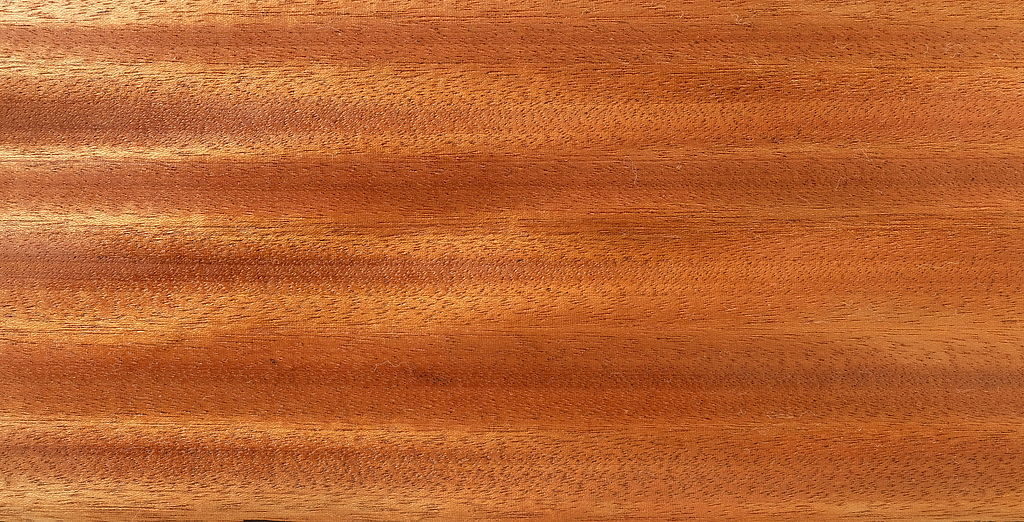No products in the cart.
Guitars
Understanding Acoustic Guitar Tonewoods
What are the most important parts of an acoustic guitar that contribute to its sound? The strings? The body shape? Certainly these affect the tone, but perhaps the most critical is the tonewood used to build the instrument.
By the amount of paint and lacquer slapped on by some manufacturers, it might seem that wood is merely a convenient building material rather than a core element that gives a guitar its very character. Some alternative materials, such as fiberglass, carbon fiber, and plastics have their place, but there’s nothing like the classic beauty and sound of expertly crafted wood guitars.
Popular Tonewoods
Mahogany
Mahogany is a popular tonewood used for guitar backs and sides, and sometimes even for the top (soundboard). Its lower-cost cousin, sapele, is a common substitute. Its sound, like its color, is warm and balanced with a full midrange, making it very satisfying to play solo or in a band.
Rosewood
An extremely popular tonewood found on top quality instruments, rosewood is very different from mahogany in tone. With accentuated bass and shimmery highs, the midrange is somewhat reduced, producing lots of clarity. Rosewood guitars are great in many playing styles, but shine in solo settings because of the full tonal range. Its cousin ovangkol is a common substitute on lower-end guitars, and tends to have more midrange but shares some of the tonal properties with real Indian rosewood.
Maple
Often considered a bright tonewood for guitars, maple is a great choice for guitarists who will lead in a band, as the tone can readily cut through a mix. However, maple has a long history in acoustic instrument making, as a staple in violin-building (and other bowed string instruments), so its character in well-crafted instruments has much more depth than just brightness.
In addition to its tonal qualities, maple can add visual beauty to an instrument, with quilted or birdseye varieties. And as a sustainable North American hardwood, it’s a responsible choice as exotic woods become more scarce.
Spruce
Sitka and Engelmann spruce are popular tonewoods for guitar tops. Engelmann supplies are dwindling, so Sitka is much more readily available. Spruce contributes balance and strength, plus supports most playing styles, which is why it is so popular.
Cedar
Less common on steel-string guitars, cedar is a guitar top tonewood of choice for many nylon-string classical guitars. It is more delicate than spruce, but it still does show up on some steel-string guitars, especially those designed for fingerstyle players. It adds warmth and amplifies a player’s lighter touch.
Neck and Fretboard
How do the neck, fretboard, and other wood elements affect the tone of an acoustic guitar? There are several schools of thought. Some players overemphasize the impact of the neck/fretboard wood on tone. Others all but dismiss it. But the likely answer is somewhere in the middle. The primary tone will come from the “speaker” created by the body of the guitar as sound vibration interacts with tonewoods of the top, back, and sides and move around within the hollow chamber. But another important part of guitar tone is sustain. The tonal qualities of the wood used for the neck in particular (and perhaps the fretboard) will interplay with the other wood tones. Hardwoods like maple and mahogany are common for necks, while fretboards are most often made of rosewood, ebony, or maple (more common on electrics than acoustics). Ebony has similar characteristics to rosewood, but is darker and richer in tone.
Finding Your Sound
When you understand the general characteristics of various tonewoods, you can begin to imagine what combinations will give you the instrument of your dreams. Like a warm tone, but need to cut through a mix? You might seek out or custom-design a guitar with a combination of mahogany and maple. Play primarily fingerstyle? Perhaps a smaller-bodied acoustic with rosewood back and sides and a cedar top are what you’re looking for. If anything, it will help you narrow down which guitar(s) to play first at the guitar store! As if you could only play just one…

